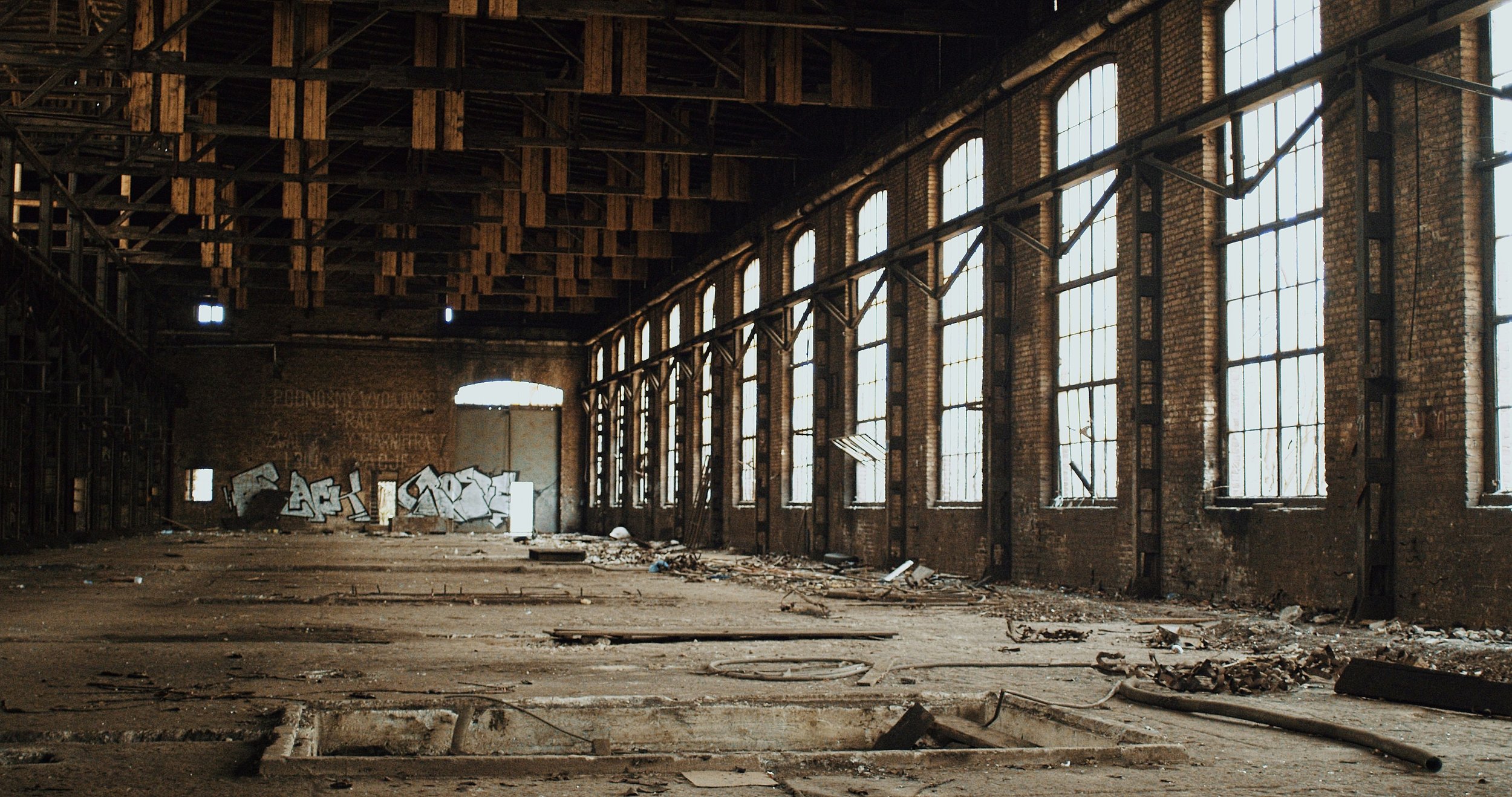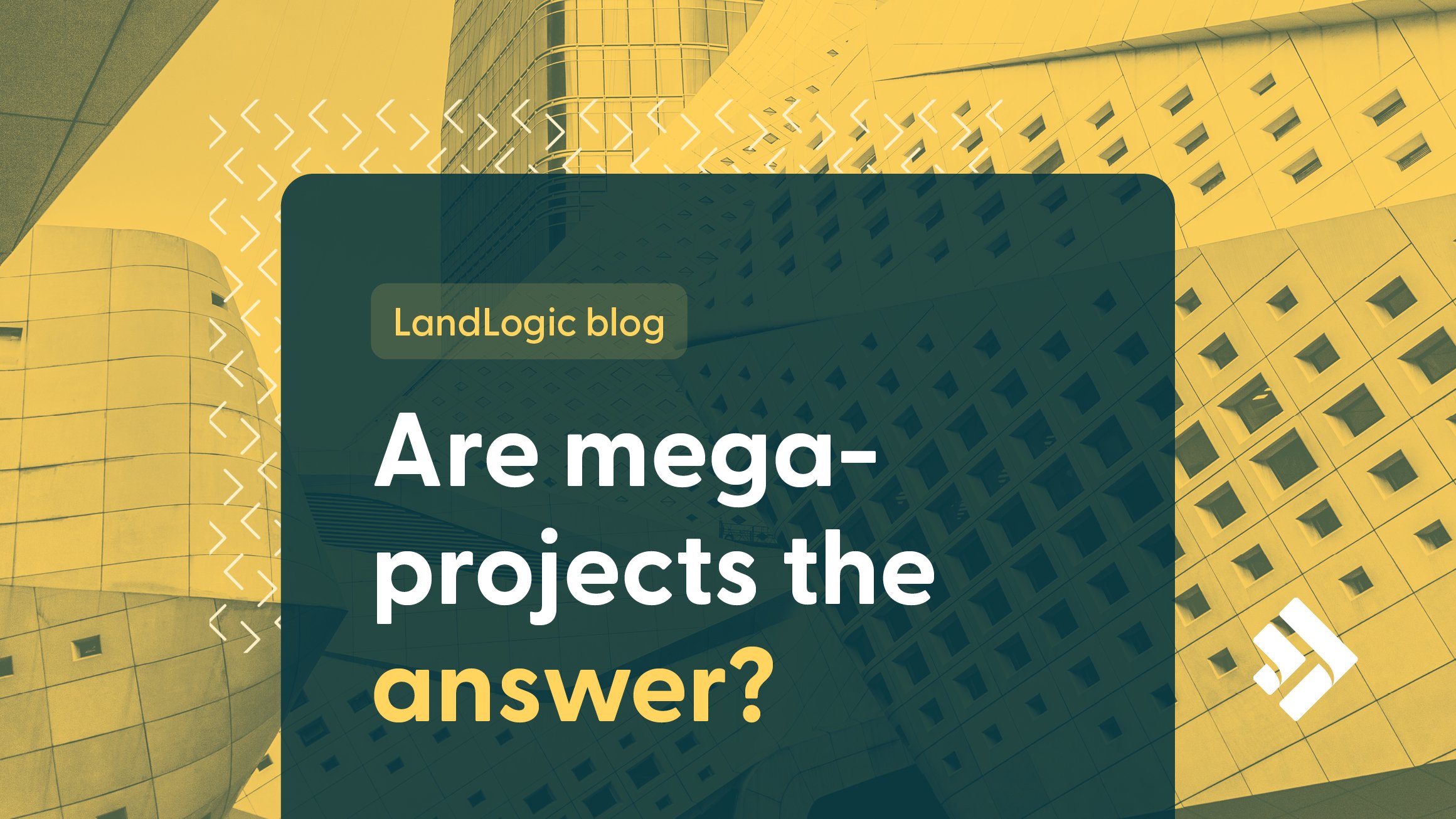From Industrial Past to Urban Future: Brownfield Transformation
Land development is a testament to our collective imagination and the power of collaboration. It requires a symphony of designers, architects, engineers, municipal regulators, and more to transform spaces that will meet the future needs of our communities. A pivotal part of this process is reimagining brownfield sites—sometimes derelict industrial or commercial areas—into vibrant, sustainable developments.

A good example of this is happening in Waterloo, where a past steel manufacturing site is poised to be redeveloped into a thriving residential community as highlighted in a recent article in Urban Toronto. For me, the Steelcraft redevelopment project is more than just another industrial site undergoing urban transformation. For me, it's a bridge to cherished childhood memories connected to our family business.
I have fond memories as a child, hopping into a pickup truck beside my dad and heading to the Clemmer Steelcraft site in Waterloo. Steelcraft manufactured the fuel tanks that were a key part of our business, delivering bulk fuel to farms and small industry across southwestern Ontario.
For me, these journeys weren't really about business; they were adventures through the heart of rural Ontario with my hero. We never took a straight path - each trip was a journey into the countryside, discovering the unique sights only found off the beaten track.
Once we arrived, I was in awe of the size and scale of the equipment at Steelcraft - seeing manufacturing from inside the factory - watching overhead cranes, welding torches, and industrial painters turn sheets of steel into something critical for our business. Once loaded, and with a trailer full of fuel tanks, we’d head for home. Dad would avoid the highways, opting for the scenic routes. My favorite ritual was stopping at Anna Mae's in Millbank, where my dad's love for pie became a tradition. These moments, simple yet profound, are indelibly etched in my memory.
Now, as part of LandLogic, I look at the Steelcraft site through a different lens.
Waterloo, like most of Canada, is facing a serious housing crisis, and with plans to transform the site into a vibrant, mixed-use community with 13 towers, it symbolizes progress and adaptation. Our work at LandLogic involves leveraging AI-enabled insights to help identify and reimagine the potential for urban development. This project perfectly encapsulates our mission. It's about creating spaces that honor the past while embracing the future. With LandLogic our goal is to help construction leaders transform greenfield and brownfield sites into thriving communities, respecting the past and embracing the future.
The transformation of the Steelcraft site is a poignant reminder of the places that shaped us and the future imaginings of what can and will be. The proposed redevelopment of the Steelcraft site underscores the potential of brownfield sites to contribute meaningfully to addressing the housing crisis and revitalizing urban areas. At LandLogic, we are committed to to working with the great people who reimagine these spaces in a way that honors their history while fostering community-centric development, ensuring that they continue to play a vital role in shaping our urban fabric.
CMHC’s Housing Design Catalogue is a promising step toward faster, more affordable housing development. But even with pre-approved designs, projects can stall due to zoning restrictions, infrastructure constraints, and regulatory complexity. LandLogic bridges this gap by consolidating critical data; helping developers and municipalities identify build-ready sites in minutes, not weeks.
Residential Multiplex Infill (RMI) streamlines multi-unit development by identifying properties that align with zoning and funding opportunities like CMHC’s MLI Select. LandLogic simplifies this process with data-driven tools for zoning analysis, site selection, and ROI optimization—empowering real estate professionals to make smarter, faster decisions.
2024 has been a year of significant progress for LandLogic as we worked to equip the real estate industry with meaningful tools. This year, we launched innovative solutions that help identify ideal sites, assess property values, and evaluate risks and opportunities—providing the insights needed to streamline real estate projects.
Imagine you’re Drake, one of the world’s biggest stars. You have everything—fame, fortune and a dream home that you had custom built in Toronto’s prestigious Bridle Path neighborhood. But then a massive storm hits, and your mansion suffers significant flood damage. What went wrong?
Ontario faces significant obstacles in meeting housing supply goals, from lengthy development approval processes to fragmented data management, not to mention inflation, mortgage rates, and skilled trades shortages – both on the regulatory side and the industry side. One Ontario - powered by LandLogic - is ready to help on the data and process side, one of the biggest bottlenecks in getting projects approved.
LandLogic is thrilled to announce that it is now powering the One Ontario solution to streamline the development approvals process. LandLogic plays a pivotal role by structuring and harmonizing land data, providing jurisdictional clarity for developers while supporting authorities in making good development decisions.
By providing a comprehensive, automated review of potential sites, AI can help in selecting the most viable options, helping the developer optimize investments and mitigate risks.
Coming soon! The introduction of Zoning Reports to our platform will enhance the ability of our users to make strategic decisions and succeed in a competitive market. Stay tuned for the release and prepare to take your real estate ventures to the next level with LandLogic.
While the budget trends in the right direction for housing, real success hinges on aggressively cutting through bureaucratic red tape and accelerating approval processes. The government must transition from talk to tangible action, focusing sharply on execution.
A recent Bloomberg article pointed out that in 2013, Canada was 13th among 170 nations in meeting basic citizen needs, per the Social Progress Imperative. By 2023, it fell to 39th, significantly due to the housing affordability crisis and reduced productivity, paralleled by a decline in well-being.
As Canada grapples with a housing shortage of 3.5 to 5 million homes, the question arises: could the ambitious architectural mega-projects coming out of the Middle East offer an example for solving Canada’s housing crisis?
By operating as guerilla-like proof-of-concepts, these urban “experiments” can lead to tangible improvements and even potential policy shifts.
There is a pressing need for a balanced approach that respects community concerns while also advancing broader housing goals. This is where technology and data analytics should come into play.
AI for predictive analysis and map-based data technologies to provide additional insights can democratize data access, streamline development processes, and foster better collaboration between developers and regulators.
The disconnect between available land versus developable land requires a strategic, collaborative approach if we are going to transform raw land into vibrant communities.
Being aware of a property's flood plain status or other environmental constraints not only impacts the feasibility of development plans but could also provide significant negotiating leverage.
With LandLogic our goal is to help construction leaders transform greenfield and brownfield sites into thriving communities, respecting the past and embracing the future.
The LandLogic team has dedicated decades to researching the challenges of urban development, focusing on streamlining the development process.
The AECO team has been incubating LandLogic over the past year, and the platform is now ready for beta testing.



















